Corn snakes are a species of snake in the rat snake family. They live in the eastern United States, and are moderately more colorful than their other rat snake cousins.
These snakes have reddish-orange colored scales with large blotchy patterns. However, pet corn snakes have a variety of different colors and patterns. Read on to learn about the corn snake.
Description of the Corn Snake
Corn snakes are relatively large snakes, and most are between two feet long and six feet long. However, most individuals do not grow any larger than four feet long.
They have reddish colored scales with large blotches of red, orange, or brown. Their abdomens have a black and white checkered pattern. Like all rat snakes, they are not venomous, nor dangerous to humans in any way.
Interesting Facts About the Corn Snake
These snakes are common and relatively widespread. They live as far north as New Jersey, and as far south as Florida. Learn more about these snakes and their unique adaptations below.
- Constrictor – Because corn snakes do not have venom, they need another method to incapacitate prey. When a corn snake catches a rat or mouse, they wrap coils of their long body around the prey. Once they have secured their meal they squeeze until it suffocates, then they can safely eat it.
- What’s in a Name? – Yes, corn snakes get their name from the popular crop, but why? Well, there are two different theories for this. The first theory is that corn snakes got their name from the corn-like pattern on their bellies. The second theory is that people simply found this species near corn frequently, because they like to hunt the mice and rats near the corn.
- Popular Pets – This species of snake is one of the most popular exotic pets in the world. They are incredibly docile and come in a variety of different colors. These snakes are so popular that they are the most widely owned reptiles in the world.
- Long Lived – These snakes live for a very long time when properly cared for. Corn snakes in captivity can live to the ripe age of 20 years old, or more! This species doesn’t fare nearly as well in the wild. Its average wild lifespan is just 6 – 8 years old.
Habitat of the Corn Snake
In the wild, this species lives in a number of different habitats. Some of their favorite ecosystems are pine and oak forests, rocky outcroppings, wetland areas, and more.
They also live in and around human habitation, which they like because of the various rats and mice that live near us. Some of their hiding places include barns, urban parks, dumps, and abandoned buildings.
Distribution of the Corn Snake
Though they live as far north as New Jersey, this species prefers the southern regions of the United States. They are incredibly common in Florida, Georgia, Alabama, and South Carolina. Their range does, however, spread further into the rest of the southeast United States.
Humans have introduced corn snakes into areas outside of its native range, and in some of these areas breeding populations have established. Because of this, they now live in the U.S. Virgin Islands, portions of the Bahamas, and the Lesser Antilles.
Diet of the Corn Snake
Let’s face it, rats and mice thrive near places where we live. Because of this, they are some of the easiest prey around. Foxes, owls, hawks, and a variety of other predators take advantage of this, and corn snakes are no exception.
While rats and mice are easy to find, corn snakes also eat small birds, lizards, frogs, and more. One thing they don’t eat? Corn!
Corn Snake and Human Interaction
Unless he has small poultry around, corn snakes are a farmer’s best friend! Rats and mice are incredibly destructive animals, and their droppings can contaminate animal feed. Corn snakes and other species are great at catching pesky rats and mice.
Sadly, people commonly mistake this species for the venomous copperhead, and this results in some unnecessary deaths. Thankfully we haven’t impacted their overall population, which the IUCN lists as Least Concern.
Domestication
Even though humans have selectively bred a wide variety of colors and patterns, corn snakes are not a domesticated species. However, because we have bred these snakes for color and temperament, some could consider them partially domesticated.
Does the Corn Snake Make a Good Pet
Yes, corn snakes make great pets, but you should always choose captive-bred animals for pets. Wildlife Divisions of many states protect wild snakes in many regions. Also, they can potentially carry and spread disease. Captive-bred snakes can also carry disease, which means humans should never release them into the wild.
Corn Snake Care
Before purchasing a new pet, it is important that you consider all that goes into their care. Choose a responsible breeder with healthy, well-cared-for snakes. You should handle your pet gently and frequently, so it becomes accustomed to you.
All snakes need heat and light sources; and your veterinarian or breeder can help you choose the best setup for your snake. Speaking of veterinarians, remember that you will need to find one that is knowledgeable about snakes, and this might cost you an arm and a leg.
Behavior of the Corn Snake
Like most snakes, this species is solitary. Corn snakes hibernate during the winter, and are less active during cold weather. When it is warm, they emerge from their hiding places and search for prey.
Corn snakes have a very good sense of smell, and use this to find food. They hunt on the ground, in tunnels underground, and even up in the trees.
Reproduction of the Corn Snake
Corn snakes reproduce in March, April, and May, and lay their eggs about 2 months later. They like to lay their eggs in leaf piles or rotting logs, because the decomposition produces heat to incubate the eggs.
The female lays anywhere from 10 to 30 eggs per clutch, and they usually hatch in around 2 months if the temperature is warm enough. The hatchlings are fully self-sufficient, and begin hunting on their own immediately.

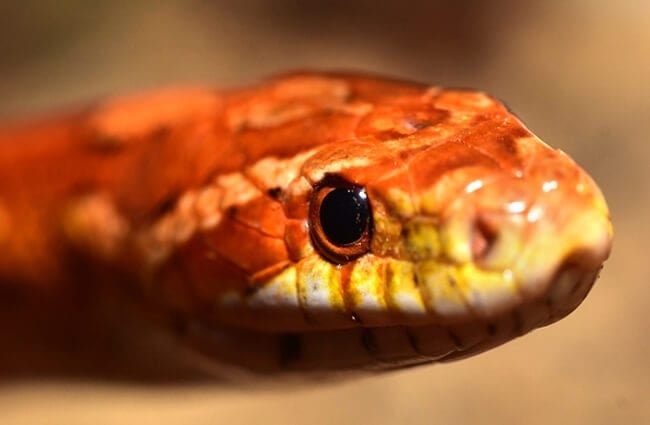
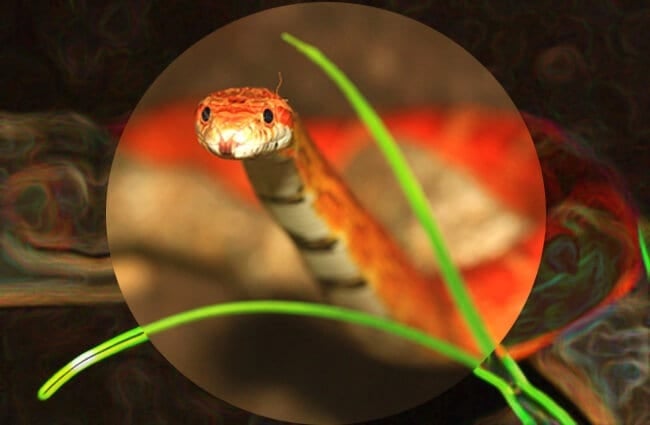

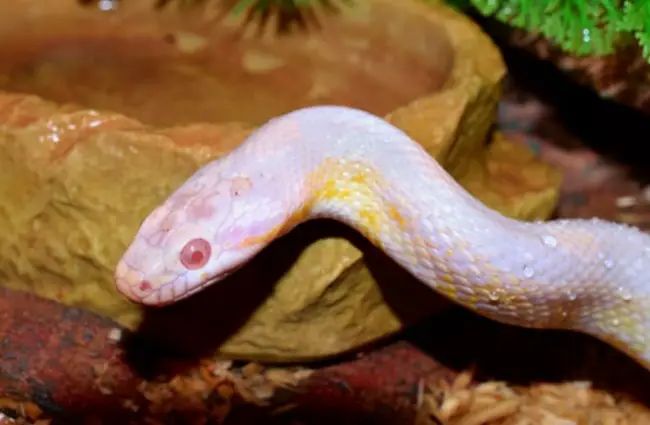
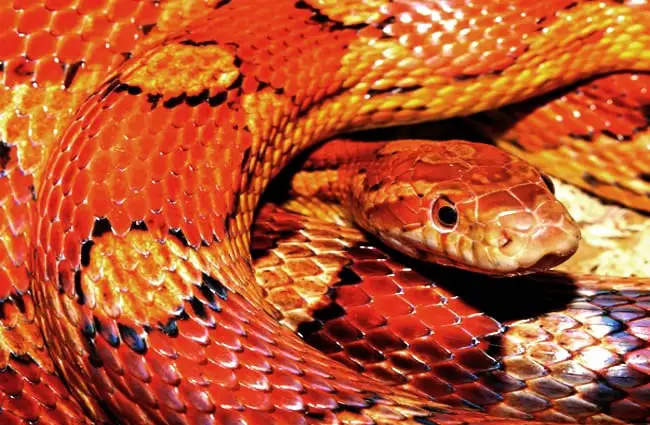
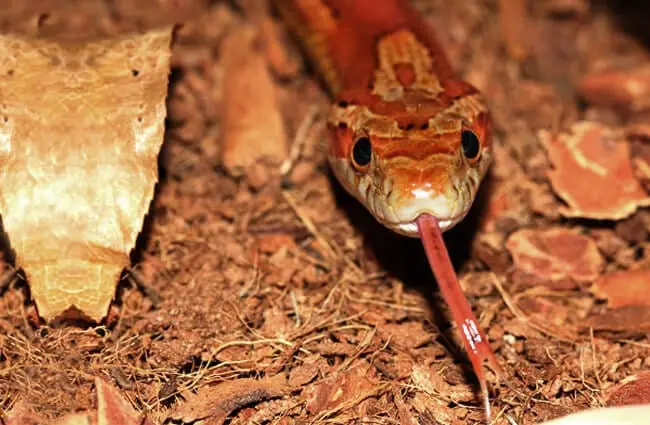

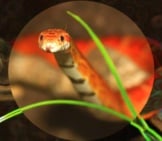


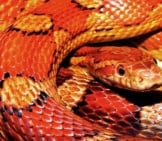
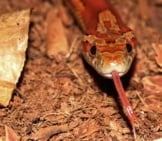
![Red Angus Closeup of a beautiful Red Angus cowPhoto by: U.S. Department of Agriculture [pubic domain]https://creativecommons.org/licenses/by/2.0/](https://animals.net/wp-content/uploads/2020/03/Red-Angus-4-238x178.jpg)












![Red Angus Closeup of a beautiful Red Angus cowPhoto by: U.S. Department of Agriculture [pubic domain]https://creativecommons.org/licenses/by/2.0/](https://animals.net/wp-content/uploads/2020/03/Red-Angus-4-100x75.jpg)

